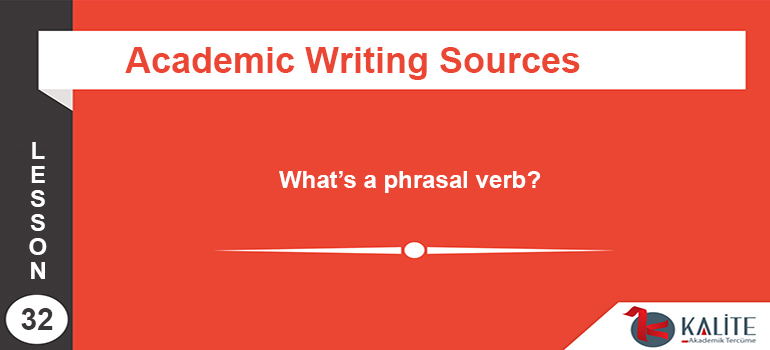
What’s a phrasal verb?
Among the most commonly misused verbs are phrasal verbs, and for good reason: the meaning of phrasal verb cannot be explained by merely finding the definition of its component words.
Phrasal verbs go by many names, including “prepositional verbs,” “particle verbs,” and “two-part verbs.”
Defining the phrasal verb
A verb (e.g. “It goes”) becomes a phrasal verb with the addition of one preposition (e.g. “The light goes out”) or more (e.g. “She goes out with him”), and each additional preposition changes entirely the meaning of the verb:
| Example: goes – as in “The train goes west.” |
| goes -> “moves” |
| Example: goes out – as in “The light goes out.” |
| goes out -> “ceases” |
| Example: goes out with – as in “She goes out with him.” |
| goes out with -> “dates” |
It is very important to remember that a phrasal verb should be considered one unit of meaning, just like a distinct verb in the above examples, the phrasal verb “goes out” is as different from the verb “goes” as the verb “goes” is different from the verb “stays.”
Caution: Phrasal verb trouble ahead
A phrasal verb acquires meaning through its application rather than through the meanings of its component words, making it a form of idiom. As with other idioms, this definition-by-usage makes phrasal verbs tricky to apply; if not used carefully, they create obscurity in your writing.
We use phrasal verbs very often in speech, but many writing guides advise against their use in academic writing. This advice is good advice for everyone, and it applies with added emphasis for non-native writers of English, who will tend to be less familiar with standard usage.
There are many reasons to avoid phrasal verbs when you can. Almost always you will be able to avoid them if you just substitute the phrasal verb for a single, well-chosen verb.


